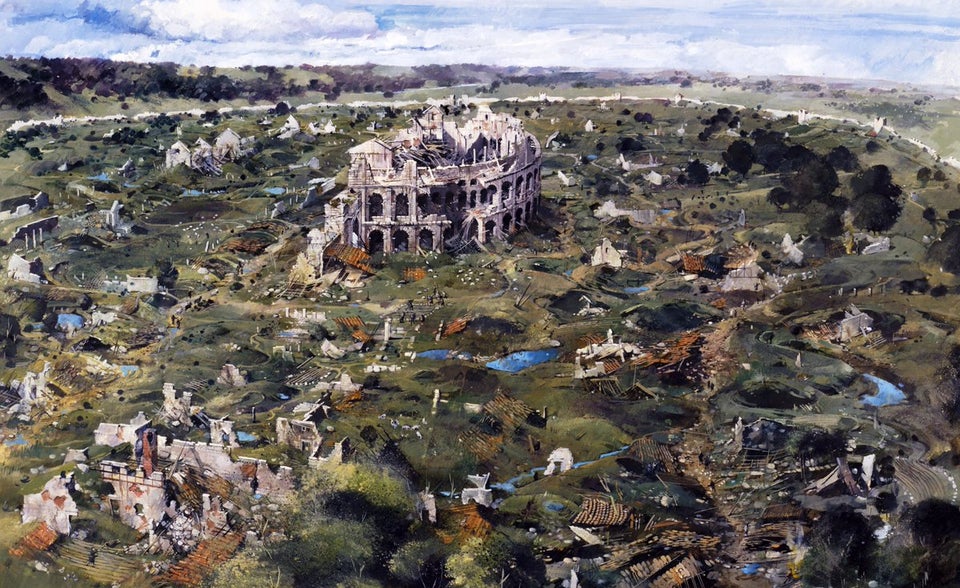Empty Cities

As for towns and cities, there were none in the 7th-century Britain. The old Roman towns remained but they had for the most part been abandoned, although some form of civic life had lingered on in places up to the 7th century. Carlisle was one of the last outposts of Roman life: its aqueduct still worked and its council met into that century. Londinium, the capital of Roman Britain, had been abandoned. Its basilica, the largest north of the Alps, had been the centre of civic life for 230 years until, around AD 300, it was systematically demolished. There are no records saying why such a magnificent building was destroyed so we’re left to speculate that it might have been some form of punishment for the support the city gave to an imperial pretender of the time, Carausius. The city was gradually abandoned during the new two centuries until, by the 7th century, it was a place of ruin and legends of giants to the Anglo-Saxons.
However, life and commerce was returning to the area, although not to the Roman city. The new Anglo-Saxon trading settlement stretched upriver from the old city walls. Merchants drew their ships up on the beach, or the Strand as it was called, to sell their wares. But even at the height of a market, there would only have been a couple of thousand people living in the new London. Elsewhere, population centres ran to a few hundred. England was all but empty.
0 Comments